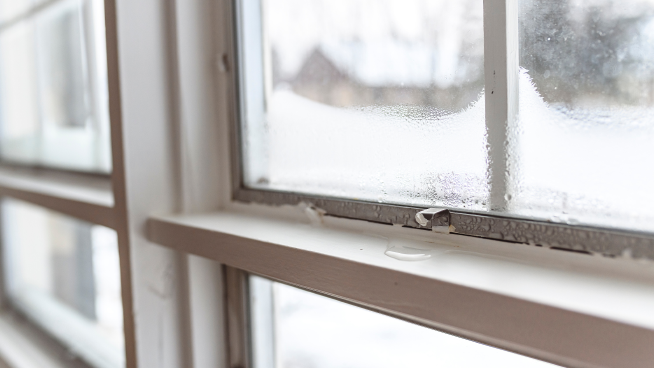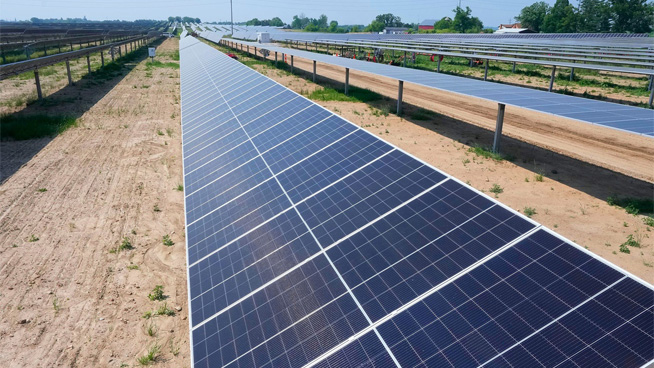
From The Detroit News | By Ken Calverley and Chuck Breidenstein
DETROIT, February 9, 2023 ~ There have been lots of emails sent to the Inside Outside Guys regarding cold walls, floors and windows. These past few weeks of biting cold serve as a reminder of how little separates us from the cold outdoors. The exterior walls on most homes are made up from a nominal 4-inch-thick wood frame with a roughly half-inch wall finish on the inside and, perhaps, 1 inch of material over the outside face of the frame; 5, maybe 6, inches total thickness.
Less than the span of thumb to pinky on most hands separates us from 70 degrees inside and zero degrees outside. Wow!
PODCAST:
February 3, 2023 ~ Chuck “The Inside Guy” Breidenstein and Ken “The Outside Guy” Calverly offer the knowledge and resources you need to make the home of your dreams a reality. Catch them every Saturday and Sunday from 10 a.m. to noon on 760 WJR.
(CONTINUED) Place your hand near the bottom of an exterior wall or the center of glass on any window. You will likely feel air moving as though there is a hole. What you are witnessing is a microcosm of what happens out of doors every day to create wind.
Heat moves to cold, and air will absorb heat. As it does so, the air gets lighter, expands and rises; thus, the axiom that warm air rises. This dynamic also leads people to believe that “heat goes up” when we know that heat will move in any direction where there is cold, whether up, down or sideways. Most materials, including those your home is made of, will conduct heat from warm to cold, some at a higher rate than others.
We know that glass will generally conduct large amounts of heat more readily than the wood in the frame of your walls.
All such, materials have a resistance to this transfer of heat and it is measurable. The construction industry assigns a resistance or R value to every material as an indicator of its insulative characteristics. What we call thermal insulation products will have a higher R value, typically, but not always, assigned per inch of material.
The country is divided into climate zones that determine the required values to be designed into a new building. The further north, the higher the values required. There is some irony here. We design for heating even though the cycle of hot to cold works in reverse in warmer climates and during the summer months in the north.
In the summer we want to stop heat from moving into our cooler homes. Michigan is primarily zones five and six. R value is additive. This means we can take the values of various materials that make up an assembly to arrive at a total R for that assembly. Even the air film on the exterior of your home’s walls has an R value; is 0.17. A single pane of glass in that 80-year-old home has a value around 0.9 while double pane glass with a half-inch air space is a little over 2.0.
How does all that compare with the walls we referenced earlier? It depends on where you live and the age of your home what you are likely to have in the walls or attic. You may have nothing in either in an old home up to a sidewall value of 13 to 20 and an attic value to 49 or more. But keep in mind the sidewalls have solid wood studs with 14 1/2 -inch gaps or cavities between them where the insulation might be installed. The studs themselves have an R value of around 3.5, so roughly 10% of your wall is going to be poorly insulated even if you have good insulation in the cavities.
In this bitter cold, the humidity in the home may condense on the plaster or drywall wherever there is a stud, or you may see dots of condensation where there are metal fasteners just beneath the surface. Many will also notice ice on window or door surfaces in the home during these times. When this occurs, we tend to think the humidity in the home is too high, but more often what this tells you is that you have an accelerated heat loss at these thermal weak points. Condensation occurring at the bottom of an exterior door indicates a likelihood of a bad weather seal.
You will also have air leaks wherever there is a penetration in the walls, including the bottom of the wall frame behind the baseboards, so temperatures will be very cold at this point, and you may well feel the air moving at this location. This breach is also evidenced by the dirt in the carpet at the juncture of floor and wall where moving air is filtered by the floor covering. So, we not only have a thermal weak point here we also have actual air gaps.
***
For housing advice and more, listen to “The Inside Outside Guys” every Saturday and Sunday on 760 WJR from 10 a.m. to noon, or contact them at InsideOutsideGuys.com.
760 WJR TOP HOMELIFE STORIES:




